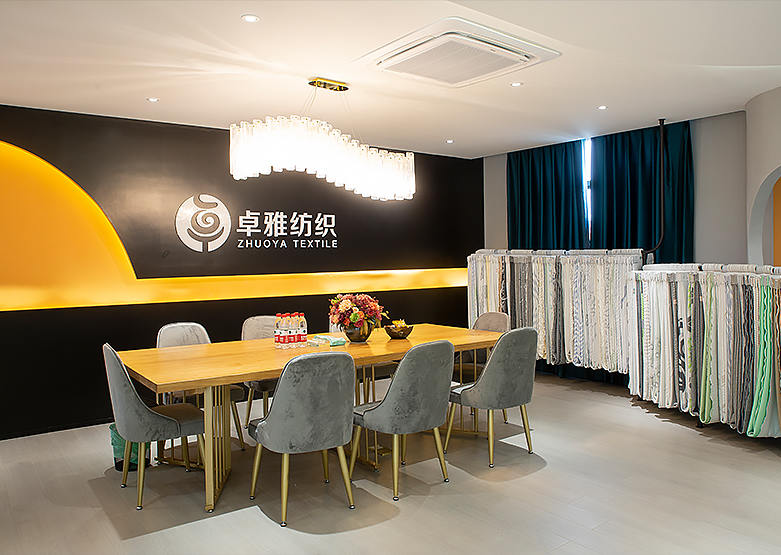Ribbed knitted fabric has carved a special place in the textile industry, known for its distinctive ridged texture, stretchability, and overall comfort. The fabric's versatility extends across numerous sectors, including fashion, sportswear, accessories, and even home furnishings.
The Design of Ribbed Knitted Fabric
The unique construction of ribbed knitted fabric is achieved by alternating between knit and purl stitches, creating vertical columns or ribs that give the fabric its distinctive texture. The alternating stitches create raised lines, known as ribs, that give the fabric both visual and tactile texture. The number of knit and purl stitches can be varied to create different ribbing patterns.
Common ribbing patterns include:
1x1 ribbing: This consists of one knit stitch followed by one purl stitch. It creates a tight, flexible rib pattern that’s often used in cuffs and collars.
2x2 ribbing: Two knit stitches are alternated with two purl stitches, resulting in a broader rib that is slightly less stretchy but provides a more defined texture.
3x3 ribbing and beyond: Wider ribbing patterns create a more substantial, structured fabric that can be used for bulkier garments such as sweaters and cardigans.
Ribbed fabric can be produced using different knitting machines, including flatbed and circular knitting machines, which allow for a range of widths and styles to be created efficiently.
Material Options for Ribbed Knitted Fabric
The choice of material for ribbed knitted fabric can significantly impact its properties, including its feel, durability, and usage. Ribbed fabrics are available in various materials, each offering its own set of benefits:
Cotton: Cotton ribbed fabric is soft, breathable, and ideal for lightweight garments like t-shirts, tank tops, and baby clothes. Cotton’s natural moisture-wicking properties make it comfortable for all-day wear, especially in warmer climates.
Wool: Wool ribbed fabric is often used for sweaters, cardigans, and scarves due to its warmth and insulating qualities. The ribbing enhances the natural elasticity of wool, providing a snug and comfortable fit while maintaining breathability.
Blends: Blends of cotton and synthetic fibers like polyester, spandex, or lycra are commonly used in ribbed fabrics. These blends enhance the fabric’s stretchability, durability, and moisture-wicking properties, making them ideal for sportswear and activewear.
Rayon: Rayon ribbed fabrics are lightweight, soft, and drape beautifully. They are often used in more fashionable garments where a smooth, shiny finish is desired.

Applications of Ribbed Knitted Fabric
The adaptability of ribbed knitted fabric allows it to be used in a wide range of applications:
Fashion: Ribbed fabric is a favorite in the fashion industry because of its versatility. It can be used to create form-fitting dresses, skirts, and tops, as well as looser garments like oversized sweaters and cardigans. Ribbing adds both texture and structure, which elevates the overall design of the piece.
Athleisure and Sportswear: In recent years, the rise of athleisure has driven demand for ribbed knitted fabric in sportswear. Ribbed leggings, yoga pants, and tops offer the necessary stretch and comfort for an active lifestyle while maintaining a stylish and modern appearance. The fabric’s elasticity and ability to retain its shape even after extended use make it a preferred choice for high-performance clothing.
Undergarments and Loungewear: Ribbed fabric’s soft and stretchy nature makes it perfect for undergarments and loungewear. Bras, panties, and sleepwear made from ribbed material provide a snug yet comfortable fit, offering both support and ease of movement.
Winter Wear: Ribbed wool and blended fabrics are ideal for cold-weather accessories like hats, gloves, and scarves. The ribbing provides extra warmth and insulation, as well as a comfortable fit that doesn’t restrict movement.